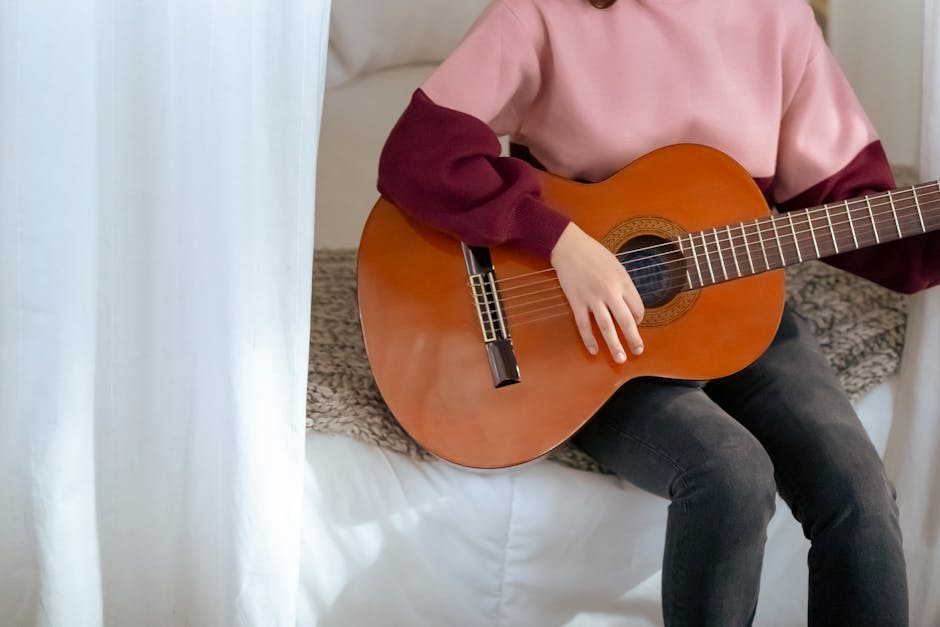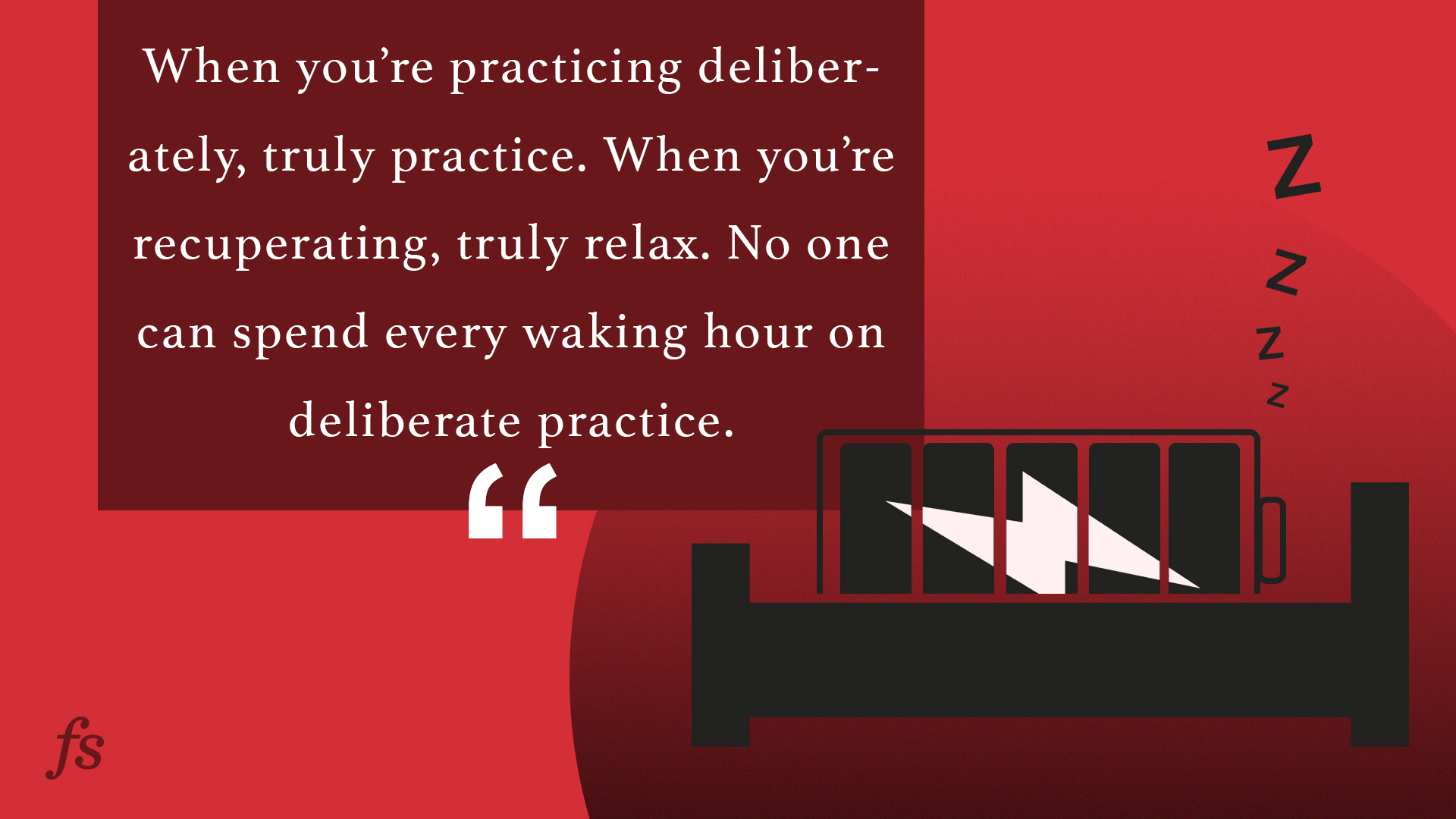So, you’ve been shredding on your guitar for a while now, but when it comes to mastering those sweet, sweet solos, you’re hitting a bit of a sour note. Don’t worry, buddy, we’ve all been there. But fear not, because I’m here to let you in on the top-secret, expert strategies for learning those face-melting guitar solos by ear. Get ready to rock your way to solo stardom with these foolproof tips and tricks.
Contents
- 1 Understanding the Melodic Language of Guitar Solos
- 2 Decoding Rhythmic Patterns and Timing
- 3 Developing a Focused Listening Practice Routine
- 4 Techniques for Slowing Down and Simplifying Complex Solos
- 5 Crafting Your Personal Practice Loop for Mastery
- 6 The Role of Musical Theory in Learning Solos by Ear
- 7 Translating Ear Training Into Finger Agility on the Fretboard
- 8 FAQs
- 9 Rock on and Master Those Solos!
Understanding the Melodic Language of Guitar Solos
So, you want to become a guitar solo wizard, huh? Well, you’ve come to the right place! Let’s dive into the mystical world of the melodic language of guitar solos and unlock the secrets behind those shredding solos that make your face melt.
First things first, understanding scales is crucial for mastering guitar solos. Think of scales as the alphabet of the melodic language. Without knowing your scales, you’re just a guitarist aimlessly strumming away. Master the major and minor scales like a boss and watch your soloing skills skyrocket.
Next up, it’s time to add some spicy flavor to your solos with bends and slides. Bends add that extra oomph to your notes, while slides give your solos a slick and seamless flow. Experiment with different bending techniques and slide positions to create a unique sound that will make heads turn.
Don’t forget about phrasing! Phrasing is like the punctuation of your solos. It’s all about how you string together your notes to create a captivating story. Play around with different rhythms, dynamics, and articulations to keep your audience on the edge of their seats, begging for more.
Decoding Rhythmic Patterns and Timing
Do you ever feel like rhythm is your mortal enemy, keeping you from achieving your musical dreams? Well, fear not, for we are here to help you crack the code on those tricky rhythmic patterns and timing!
One of the keys to mastering rhythm is understanding the different types of notes and rests that make up musical time. Think of notes as the cool kids at the party - they get all the attention and make the music groove. Rests, on the other hand, are like the wallflowers trying to blend in and stay unnoticed. But don’t underestimate the power of rests – they play a crucial role in creating space and adding suspense to the music!
Feeling confused by all those weird symbols on the sheet music? Don’t worry, we’ll break it down for you. From whole notes to sixteenth notes, each symbol tells you how long to hold a note or rest. And don’t forget about time signatures - those funky fractions at the beginning of a piece that dictate how many beats are in each measure. Once you master these basics, you’ll be dancing to the beat of your own drum!
So, grab your metronome and get ready to groove! Practice tapping out those rhythms, counting out loud, and clapping until your hands are sore. Remember, it’s all about feeling the pulse and finding your own pocket of time. With a little practice and a lot of determination, you’ll be a rhythm master in no time!

Developing a Focused Listening Practice Routine
So you’ve decided to take your listening skills to the next level by developing a focused practice routine. Congratulations! This is the first step towards becoming the ultimate listener.
Here are some tips to help you create a routine that will have you tuned in and fully engaged:
- Set aside a specific time each day to practice your listening skills. Whether it’s first thing in the morning with a cup of coffee or right before bed, find a time that works best for you.
- Eliminate distractions. Turn off your phone, close the door, and let everyone in the house know that you are in “listening mode.” This is your time to shine!
- Choose a variety of listening materials to keep things interesting. Podcasts, audiobooks, music, conversations – the options are endless. Mix it up to challenge yourself.
Remember, takes time and dedication. But with a little effort and a lot of patience, you’ll be well on your way to becoming a top-notch listener in no time.

Techniques for Slowing Down and Simplifying Complex Solos
When it comes to tackling those intricate and mind-boggling solos, it can often feel like you’re in a never-ending maze. But fear not, my fellow musicians! There are techniques you can employ to slow things down and simplify the madness.
One golden rule to remember is to break it down into smaller chunks. Don’t try to tackle the whole solo in one go. Instead, focus on mastering one section at a time. This will not only make it more manageable but also give you a sense of accomplishment as you conquer each part.
Experiment with different tempos. This might sound counterintuitive, but sometimes slowing down the tempo can actually make complex solos easier to play. By taking it at a slower pace, you can focus on hitting each note perfectly and gradually build up your speed as you become more comfortable.
Another handy trick is to identify patterns within the solo. Look for recurring melodies or motifs that you can latch onto. By recognizing these patterns, you can streamline your practice and make the solo feel less daunting. Plus, it’s always a satisfying feeling when you start to see the bigger picture come together.

Crafting Your Personal Practice Loop for Mastery
involves more than just going through the motions. It requires a strategic approach that keeps you engaged and motivated. Here are some tips to help you create a practice routine that will help you achieve mastery in your craft:
Set clear goals: Before you dive into your practice session, make sure you have a clear idea of what you want to achieve. Whether it’s mastering a difficult technique or learning a new piece of music, having specific goals will help keep you focused and on track.
Break it down: Don’t try to tackle everything at once. Break your practice session into smaller, manageable chunks. This will not only make the task less overwhelming, but it will also help you build a strong foundation for mastering more complex skills.
Stay consistent: Mastery doesn’t happen overnight. It requires consistent practice over time. Set aside dedicated time each day to work on your craft, even if it’s just for a few minutes. Remember, slow and steady wins the race!
The Role of Musical Theory in Learning Solos by Ear
So you’ve decided to tackle learning solos by ear, huh? Good for you! It’s like trying to solve a musical mystery without any clues. But fear not, brave soul, for musical theory is here to guide you through the maze of notes and scales.
Think of musical theory as your trusty sidekick, the Watson to your Sherlock Holmes. It provides you with the tools and knowledge needed to decipher the complex language of music. With a solid understanding of intervals, chords, and scales, you’ll be able to identify patterns and relationships within a solo that will make learning by ear a breeze.
So, how exactly does musical theory come into play when learning solos by ear? Let me break it down for you:
- Identifying key signatures will help you determine which notes are most likely to be used in a solo.
- Understanding scales and modes will give you a roadmap to navigate through the notes and find your way to the sweet sound of success.
- Recognizing common chord progressions will help you anticipate where a solo might be heading next.
Remember, learning solos by ear is like putting together a musical puzzle. Musical theory is the box that shows you the big picture and helps you piece together all the tiny bits until you’ve created a masterpiece. So grab your earbuds, crank up the volume, and let the magic of music theory be your guide on this epic musical journey.
Translating Ear Training Into Finger Agility on the Fretboard
So you’ve been working on your ear training, honing your ability to hear and identify different musical intervals and chord progressions. But how do you take that newfound skill and translate it into lightning-fast finger agility on the fretboard?
Here are some tips and tricks to help you bridge the gap between your ears and your fingertips:
- Play Along with Your Favorite Songs: Pick a song you love and try to play along by ear. This will help you develop your ear-hand coordination and train your fingers to move quickly and accurately on the fretboard.
- Practice Scales and Arpeggios: Work on your scales and arpeggios regularly to improve your finger dexterity and muscle memory. This will make it easier for you to translate what you hear in your head to the fretboard without hesitation.
- Experiment with Different Fingerings: Don’t be afraid to try out different fingerings and positions on the fretboard. This will help you discover new ways to navigate the neck and improve your overall finger agility.
Remember, is all about practice and experimentation. Keep pushing yourself to learn new songs, practice different scales, and continuously challenge your fingers to keep up with what your ears are hearing. With dedication and persistence, you’ll soon find yourself seamlessly translating musical ideas from your brain to your fingertips.
FAQs
How can I improve my ear for learning guitar solos?
Well, it’s all about practice, my friend. Start by listening to your favorite solos on repeat until they are etched into your brain. Try to pick out each note and replicate it on your guitar. It may take time, but with dedication, you’ll start nailing those solos in no time.
Do I need to learn music theory to master guitar solos by ear?
Not necessarily, but it can definitely help. Understanding the basics of music theory, such as scales and chord progressions, can give you a solid foundation for deciphering solos. Plus, it’s always cool to impress your friends with your extensive music knowledge.
How can I stay motivated while learning by ear?
Reward yourself, of course! Set small goals for yourself and treat yourself to a fancy guitar accessory or an extra guitar lesson once you reach them. And remember, nothing beats the feeling of finally nailing that tricky solo you’ve been working on for weeks.
What should I do if I get stuck on a particularly challenging guitar solo?
Don’t panic! Take a deep breath and break the solo down into smaller sections. Practice each part slowly and gradually build up speed. And if all else fails, take a break and come back to it with fresh ears. You’ll conquer that solo in no time.
Rock on and Master Those Solos!
Congratulations, you’ve now armed yourself with expert strategies for mastering guitar solos by ear. Remember, practice makes perfect, so don’t get discouraged if you don’t nail that tricky solo on the first try. Keep jamming, keep listening, and keep rocking out like the guitar god or goddess you were meant to be. So go ahead, crank up the volume, grab your guitar, and get ready to shred like never before. Good luck, and may the power of rock be with you!



